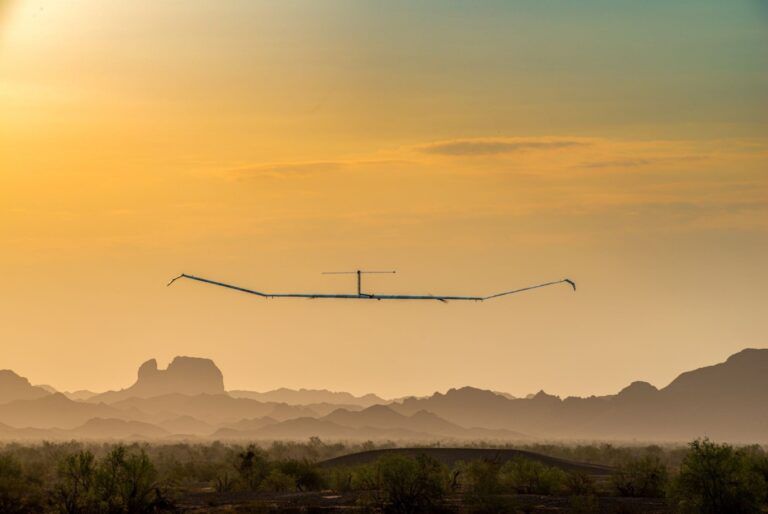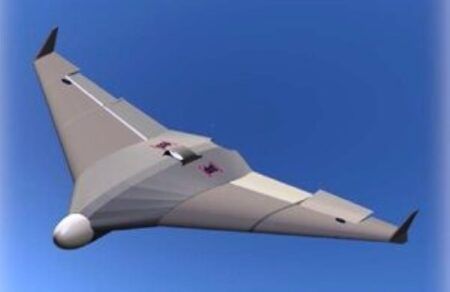Airbus has branded the company set up to sell its Zephyr stratospheric persistent drone as Aalto.
Airbus’ Zephyr is a HAPS (high altitude persistent station/satellite) that the company has been developing since 2013, but which can trace its history back to a project started in 2003 by UK aerospace and defense company QinetiQ. The Zephyr is expected to enter service next year.
HAPS such as Zephyr are designed to stay aloft in the stratosphere for extended periods of time-powered by solar panels, so they can provide communications and observation capabilities.
Several so-called “pseudo satellites” are at various stages of development around the world, intended for a mix of civil and defense applications from battlefield disaster communications to disaster relief and scientific research.
Last year Zephyr achieved a key development milestone when it completed a flight trial for Japanese mobile network provider NTT Docomo, when it successfully provided wireless broadband connectivity during an 18-day test flight in the USA.
Airbus has subsequently created Aalto HAPS as a subsidiary to sell Zephyr as mobile connectivity and earth observation platform to commercial and government customers.
The company has appointed former Intelsat and OneWeb executive Samer Halawi as Aalto’s CEO. He said in a statement, “AALTO’s Zephyr aircraft is the only HAPS platform that delivers long-lasting, environmentally-friendly low latency 5G Direct-to-Device (D2D) connectivity solutions, allowing mobile network operators to extend their coverage in a profitable way to rural and remote areas.
“Furthermore, our earth observation solutions will support the management of forest fires, the protection of borders, and will enable precision agriculture, amongst other applications. For AALTO, the future is stratospheric”.
During last year’s flight campaign Zephyr flew for more than 64 days, non-stop, in the stratosphere, at around 70,000ft (21,336m). According to Airbus is also the only fixed-wing HAPS to have proven day and night longevity in the stratosphere.





